Buttermilk Scones Ina Garten
You can’t have a proper tea party without some buttery, flaky scones. If you’re looking for a go-to scone recipe, look no further than Ina Garten’s Buttermilk Scones. I’ll tell you how to make scones that are tender and flavorful no matter what you put in them.
I’ll do my best to cover all the bases with the Buttermilk Scones recipe, so you can find some supplementary notes in case you run into any issues while cooking.

What are Ina Garten Buttermilk Scones?
Scones are a sort of rich, mildly savory pastry frequently served at breakfast or tea, particularly in Britain. The ingredients for the dough used to make Ina Garten’s scones are flour, milk or buttermilk, eggs, butter, salt, baking soda, and sugar.
The butter is worked into the dry ingredients with pastry knives after they have been beaten together until incorporated. Instead of allowing the butter to melt, it is mixed with the flour to create little lumps of flour-coated butter.
The buttermilk and eggs are combined before being combined with the flour and butter combination all at once. The ingredients are blended until they’ve just started to come together, leaving a lumpy, slightly sticky dough that is flattened out on a lightly dusted surface.
What Is the Difference Between Buttermilk Biscuits and Buttermilk Scones?
Buttermilk biscuits are particularly airy and flaky because they contain more butter and acidity from buttermilk, Buttermilk Scones employ richer, heavier ingredients like heavy cream and eggs to make a robust, yet crumbly crust. You can’t go wrong with any of these for breakfast.
Ingredients That You’ll Need:
- Flour: I use two cups of all-purpose flour, but reserve a small amount for the work surface and your hands.
- Sugar: use approximately 1/2 cup sugar. Please note that if you reduce the quantity, the flavor and texture of the scones will be somewhat altered. Use about 2 teaspoons of brown sugar to enhance savory flavors.
- Baking Powder: Adds lift
- Salt: Adds flavor
- Butter: Scones have butter as one of its key ingredients. It imparts the scones’ flakiness, flavor, and crispness.
- Heavy Cream or Buttermilk:Use a rich liquid, such as heavy cream or buttermilk, for the best-tasting pastries. If you prefer a tangy flavor, use buttermilk instead of heavy cream. Thinner liquids alter the flavor and appearance of the beverage. You will produce tasteless, flat scones.
- Optional: If making sweet scones, add vanilla extract; if making savory scones, skip it. Cinnamon is another flavorful option.
What Other Buttermilk Scone Flavors Can I Make?
- Mixed Berry: Mix in fresh or frozen berries. Due to their fragility, raspberries and blackberries should not be overripe.
- Cherry Chocolate Chip: Add 3/4 cup semi-sweet chocolate chips and 3/4 cup chopped fresh or frozen cherries.
- Savory Herb: Cut the sugar to 2 tablespoons, leave out the vanilla extract, and stir in 1/2 cup chopped herbs like rosemary and parsley, plus 2 minced garlic cloves and 3/4 teaspoon ground black pepper. Incorporate 1 cup of shredded cheese into the dough and sprinkle with sea salt before or after baking.
When Are Buttermilk Scones Done Baking?
Buttermilk Scones are done baking when they’re a very light golden brown. It should take about 18 to 20 minutes at 400°F.

How To Make Ina Garten Buttermilk Scones?
- In a large bowl, whisk together flour, sugar, salt, and baking powder.
- With a box grater, grate the butter into the flour mixture. Combine it with two forks or your fingers until it resembles pea-sized crumbles. Place it in the refrigerator or freezer as you mix the wet ingredients together.
- In a medium bowl, whisk together 1/2 cup of heavy cream, the egg, and vanilla extract. Pour over the flour mixture, add the add-ins, and then mix everything together until everything appears moistened.
- To make triangle scones: On a floured surface, roll the dough into a ball as best you can, being careful not to let it dry out too much. If the dough seems too dry, add 1-2 more tablespoons of heavy cream. Make an 8-inch disc and use a sharp knife or bench scraper to cut it into 8 wedges. For smaller scones, make two 5-inch discs and cut each into 8 wedges.
- To make 10-12 drop scones: Mix the dough until it comes together. Drop about 1/4 cup of dough into each scone 3 inches apart on a lined baking sheet and brush with heavy cream. Sprinkle coarse sugar on top for added crunch.
- Put the scones on a plate or baking sheet lined with parchment paper (if your fridge has space!) and refrigerate for at least 15 minutes. Meanwhile, preheat your oven to 400°F.
- Line a baking sheet with parchment paper or silicone baking mat(s). If making mini or drop scones, use two baking sheets. After refrigerating, arrange the scones 2-3 inches apart on the prepared baking sheet(s).
- Depending on the size of your scones, bake for 18 to 26 minutes or until golden brown around the edges. Larger scones may need closer to 25 minutes.
- Remove from the oven and allow to cool for a few minutes before topping with the toppings listed in the ingredients.
Recipe Tips
- Avoid using light milk in favor of heavier cream or buttermilk if you want a dense, flavorful scone. A fantastic dairy-free substitute is canned coconut milk.
- Put in the refrigerator First: If you want perfectly formed scones every time, chill the dough in the fridge for 15 minutes before baking.
- Ingredients should be kept at very low temperatures; when I say “very cold,” I mean frozen butter. Plus, don’t whip up the cream until after you’ve mixed the scones.
- Refrigerate the butter, cream, and milk until ready to use. Invest little time or effort: Dough should clump together but have floury spots.
- not knead it until it is smooth, as you would pie dough. It has dry patches here and there, making it uneven, which is ideal for flakiness. They need a lot of heat (and baking powder) to rise, even though they’re made with butter and cream.
- Do not leave the sheet with the scones’ pieces cut out on the counter if you forgot to turn on the oven before you began mixing.
- While you wait for the ten to fifteen minutes for the oven to heat up, place the items in the refrigerator or freezer.
FAQ Section
Absolutely! Scones are best when made with buttermilk, but you can use regular milk as a substitute if you add a teaspoon of lemon juice or vinegar to the milk. This will give the scones the same acidity as buttermilk and help the bicarbonate of soda do its job.
Placing your scones next to one another, so that they barely touch, helps them rise evenly and become taller. Since the heat causes the scones to rise, placing them side by side will force them to rise upwards rather than outwards.
Yes, Using cold butter helps scones rise. To prevent the butter from melting while making scones, put it in the freezer if your kitchen is particularly warm.
Yes, Resting the scone dough for about an hour is a good idea because it gives the gluten time to fully relax before being worked with again in the shaping and baking processes.
Scones can be frozen with no problems. They need to cool down before being frozen. To prevent freezer burn, store the items in an airtight bag or container (layering a sheet of waxed or parchment paper between containers is a good idea). Don’t let it sit for more than three months.
A too-hot oven can cause your Buttermilk Scones to rise too quickly, leading to cracked surfaces once they’re done cooking. Take the temperature of your oven with the aid of a thermometer to make sure it’s set properly.
After you have placed all of your buttermilk scones inside the container, take a single paper towel and gently place it on top of the scones to prevent them from drying out. While the scones are sitting in the container to dry, the moisture that is contained within them will be absorbed by the paper towels, which will prevent the scones from becoming mushy and helps stay soft.
If you’re food preparing or just want to get an early start on baking for a weekend brunch, you can always make a batch of Buttermilk Scones Dough and stick it in the freezer for later. Scones dough made with buttermilk can be stored in the freezer for up to 3 weeks.
They can be kept for up to five days in an airtight container in the refrigerator. Before serving, heat for a few minutes in the oven to bring the temperature up.
The best way to enjoy these Buttermilk Scones is with a cup of coffee around breakfast or afternoon tea time, while they are still slightly warm. A dab of butter and a dollop of jam will satisfy your craving for something more.

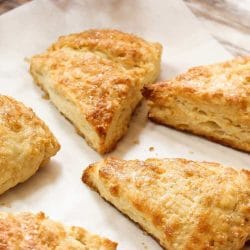
Buttermilk Scones Ina Garten
Ingredients
- 2 cups all-purpose flour spoon and leveled, plus more for hands and work surface
- ½ cup granulated sugar
- ½ teaspoon salt
- 2 ½ teaspoons baking powder
- ½ cup unsalted butter frozen
- ½ cup heavy cream or buttermilk plus 2 tablespoons for brushing
- 1 large egg
- 1 ½ teaspoons pure vanilla extract
- 1-1 ½ cups add-ins such as chocolate chips, berries, nuts, fruit, etc
Instructions
- In a large bowl, whisk together flour, sugar, salt, and baking powder.
- With a box grater, grate the butter into the flour mixture. Combine it with two forks or your fingers until it resembles pea-sized crumbles. Place in the refrigerator or freezer as you mix the wet ingredients together.
- In a medium bowl, whisk together 1/2 cup heavy cream, the egg, and vanilla extract. Pour over the flour mixture, add the add-ins, and then mix it together until everything appears moistened.
- To make triangle scones: On a floured surface roll dough into a ball as best you can, being careful not to let it dry out too much. If the dough seems too dry, add 1-2 more tablespoons of heavy cream.
- Make an 8-inch disc and use a sharp knife or bench scraper to cut it into 8 wedges. For smaller scones, make two 5-inch discs and cut each into 8 wedges.
- To make 10-12 drop scones: Mix the dough until it comes together. Drop about 1/4 cup of dough into each scone 3 inches apart on a lined baking sheet and brush with heavy cream. Sprinkle coarse sugar on top for added crunch.
- Put the scones on a plate or baking sheet lined with parchment paper (if your fridge has space!) and refrigerate for at least 15 minutes. Meanwhile, preheat your oven to 400°F.
- Line a baking sheet with parchment paper or silicone baking mat(s). If making mini or drop scones, use two baking sheets. After refrigerating, arrange the scones 2-3 inches apart on the prepared baking sheet(s).
- Depending on the size of your scones, bake for 18 to 26 minutes or until golden brown around the edges. Larger scones may need closer to 25 minutes.
- Remove from the oven and allow to cool for a few minutes before topping with toppings listed in the ingredients.
Notes
- Optional Ingredients: 1/2 – 1 teaspoon ground cinnamon, coarse sugar, and toppings such as vanilla icing, salted caramel, lemon icing, maple icing, brown butter icing, lemon curd, orange icing, raspberry icing, dusting of confectioners’ sugar

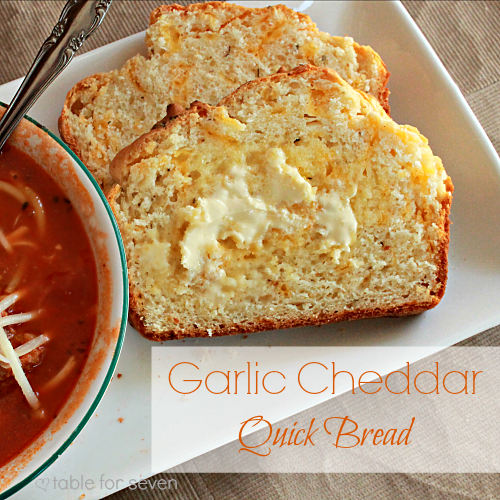
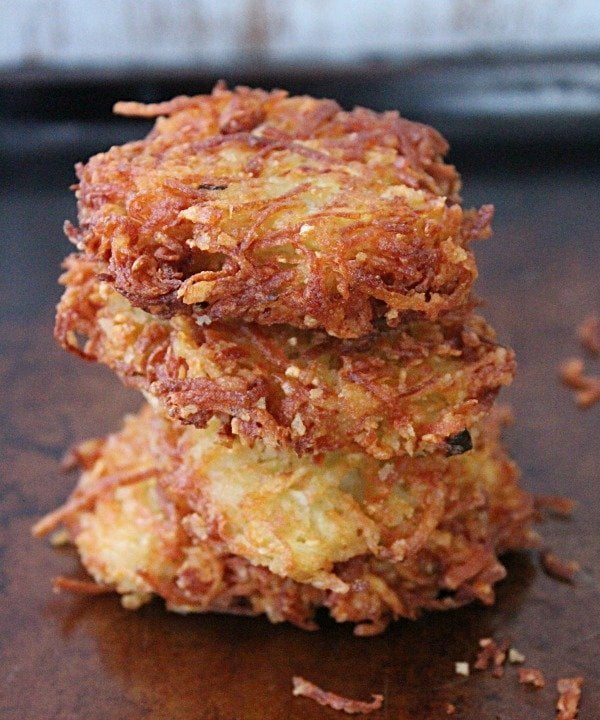
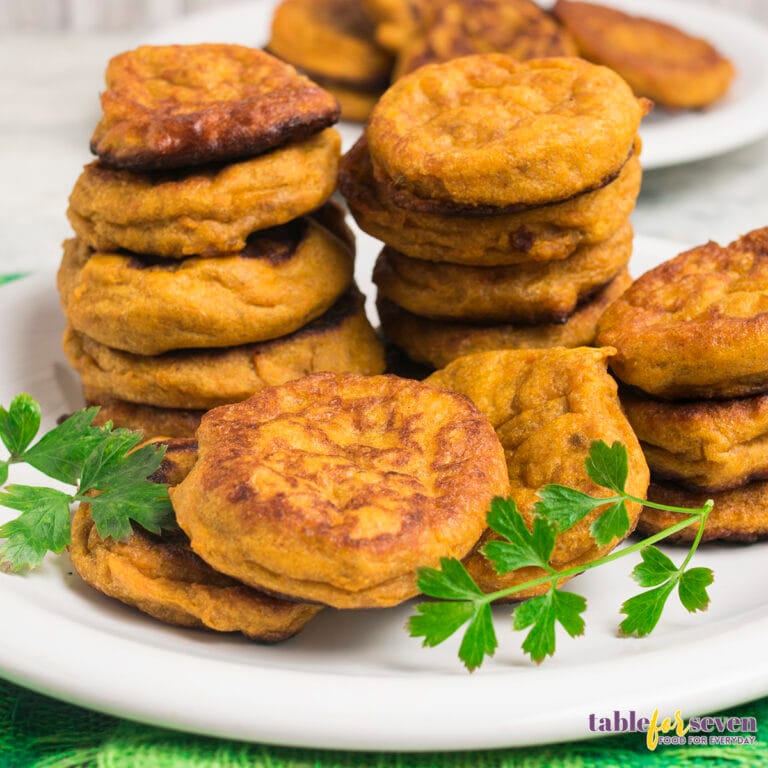
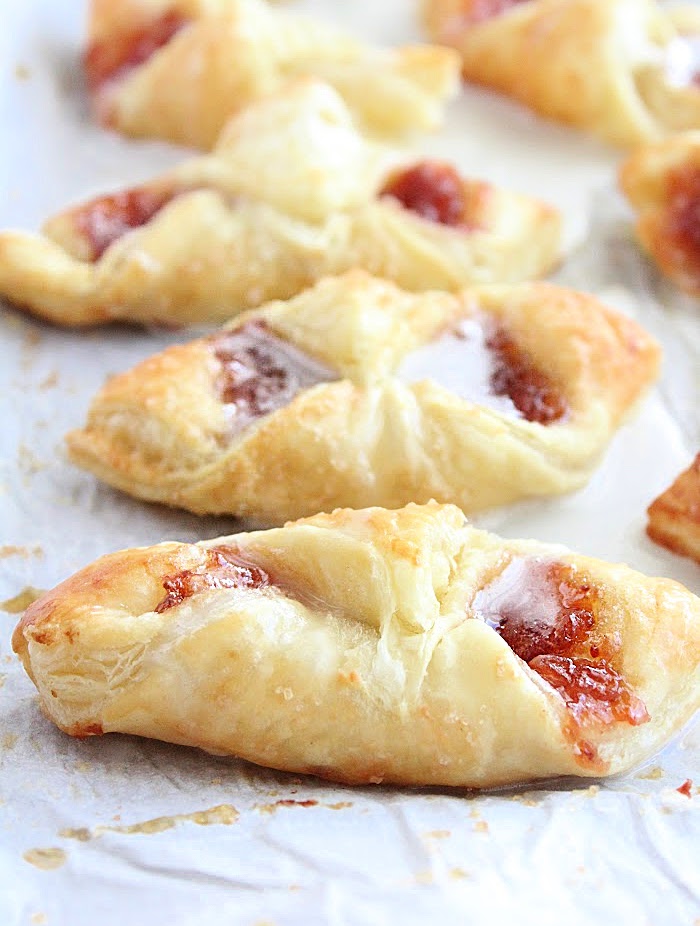
Lovely scone recipe.